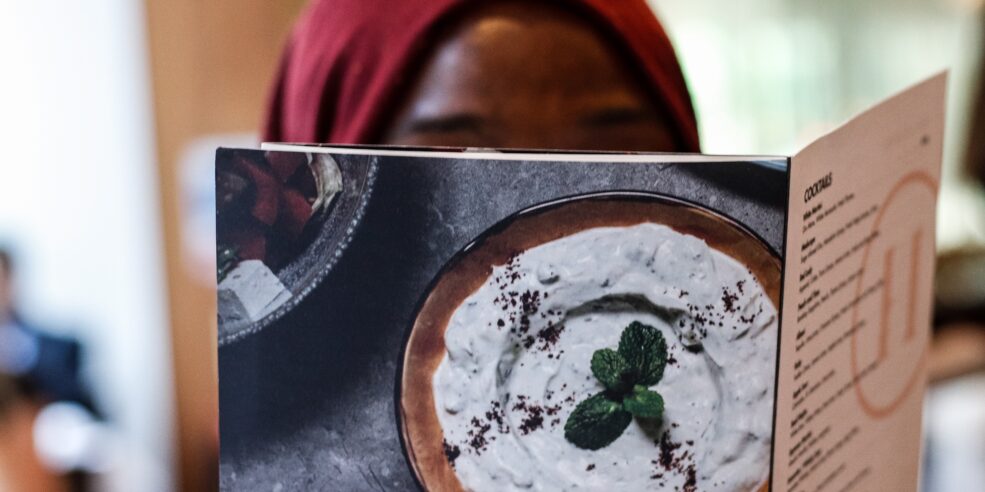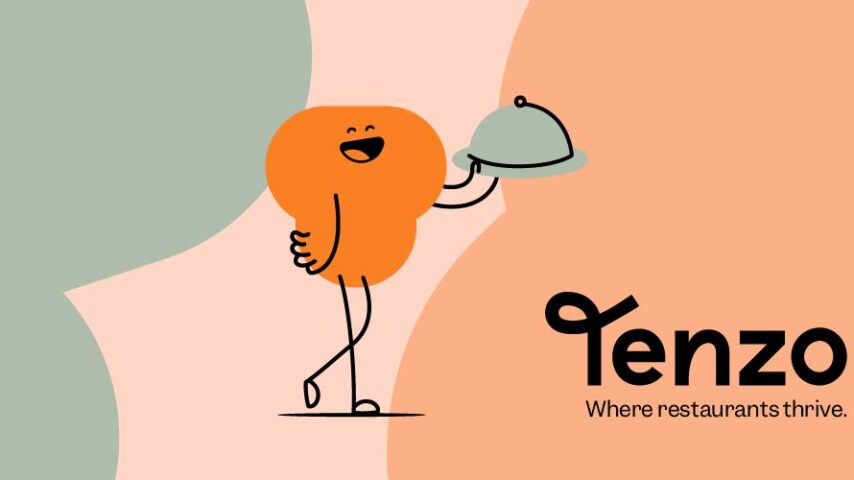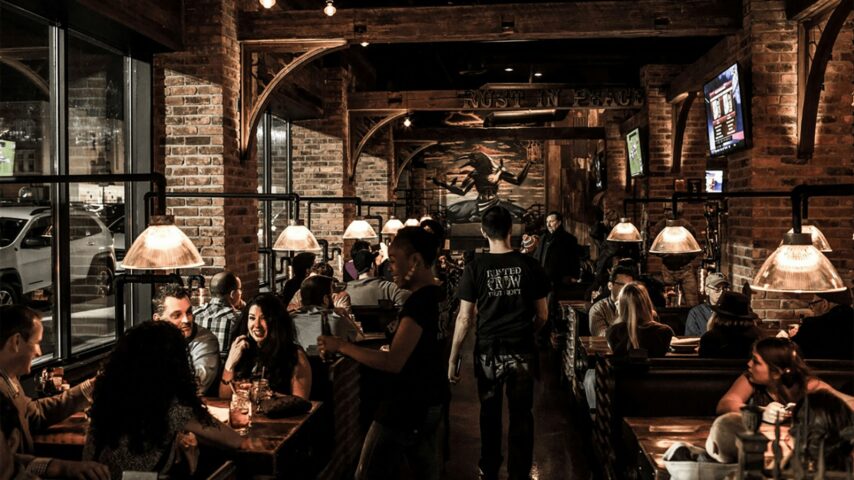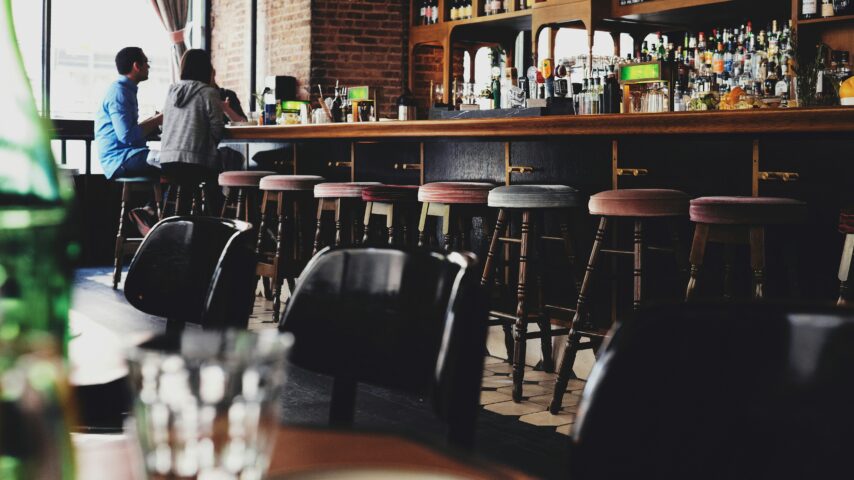Menu engineering is a crucial aspect of restaurant operations that shouldn’t be neglected. It’s an opportunity to solidify restaurant branding and supercharge restaurant performance.
A great menu will result in increased sales and happier customers. It’s not only an operational tool to create a more profitable restaurant, but it is also an opportunity to use marketing techniques to drive sales at the final point.
Below, we break down how menu engineering can have an impact on your restaurant’s performance and tips you can implement when going through the menu engineering process.
Fine dining restaurants tend to have higher SPG and design their menu carefully, follow up on reviews . Whereas, QSRs might care more about boosting transactions, and increase SPG by upselling extra products. – Maria Gully, Customer Success Manager at Tenzo
Menu Engineering | Items on the menu
Arguably, the menu items are the most critical aspect of menu engineering – they are likely why customers will keep coming back.
Aligning the menu with customers’ favourites increases the likelihood of returning customers. Ideally, the best-selling dishes will all be those with the highest profit margins – stars! Adapting the ingredients or dishes to improve popularity and profitability is vital.
When thinking about items on the menu, they can generally be placed into one of four terms – stars, plow horses, dogs, and puzzles. These terms are used to describe the popularity and profitability of menu items simultaneously.
Stars are menu items that are highly profitable, and popular. Whereas plow horses are those that are popular with customers but have low profitability. The strategy for dealing with plowhorses is to use these to draw in customers, and then find a way to make them more profitable without weakening the value too much.
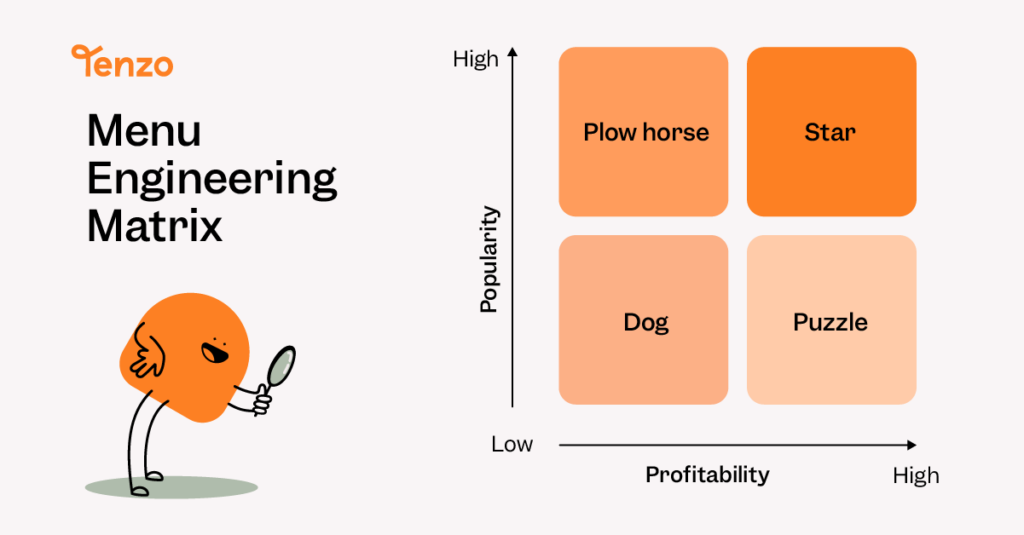
It can be hard to judge which dishes are actually the best-selling, often employees’ conversations with customers can influence the perception of this. Making an assessment of customer favourites can be done through human behaviour, but the most accurate way is through data.
Using data-based decision-making is more accurate and more likely to result in increased sales and profits. Many point-of-sale (POS) systems will already collate information on menu item popularity for you, making the data really easily accessible. However, this isn’t the full picture and restaurants can’t always identify the high sellers and good margin items.
Focus on time periods and assess what the attachment percentage of each menu item is. It’s important to understand that menu items will experience seasonality, and optimising for different items should be done accordingly throughout the seasons.
Calculating Profit-Margin of Menu Items
We’ve mentioned how important it is for a menu to be full of high-profit margin items, but how is this calculated?
Menu profit margin = (Menu Price – Raw Cost) / Menu Price
Profit margins on menu items need to be on a median at about 70%, the actual vs. theoretical usage should be taken into account when considering recipes. Outgoing costs for restaurants are more than just inventory costs: labour costs, taxes, and rent all need to be considered.
Menu Engineering | Menu Size
The length of the menu doesn’t only influence the customers’ experience, but it also has a huge impact on operations.
Traditionally, large menus were considered to positively impact sales due to a wide offering that would appeal to more potential customers, and keep them coming back for more.
However, smaller menus have now become more popular; allowing restaurants to cut costs, reduce wastage, and improve profits. This is known as creating a minimum viable menu. Using the same ingredients in multiple dishes also helps reduce costs by buying in bulk.
Operationally, having more simplified menus increases efficiency and quality. Labour costs will be lower as there is less to prepare and ticket times are likely to be shorter with less staff needed.
A simplified menu is more targeted. Not only does it streamline inventory management, but reduces COGS (cost of goods sold) by needing fewer ingredients.
Customers are able to make faster decisions with a smaller menu, decreasing the decision-making process and making it more straightforward for them. They’re more likely to be happy with a menu with no outliers, which in turn reduces wastage and allows for more ‘stars’ and less ‘dogs’.
Menu Engineering | Portion Sizes
Portion sizes can affect profits and wastage. This can come down to how the portions have been designed, as well as over-portioning.
Restaurants that serve large portions can lose money unnecessarily, especially if lots of food is coming back on the plates as waste. These large portions can affect customer experience too by compromising on quality and using low-cost ingredients to bulk up meals to justify large price tags.
Over-portioning can result in unaccounted-for losses for restaurants that will affect performance. This can be reduced by introducing small wares to help during busy services, or using scales to ensure expensive ingredients aren’t over-portioned. Thinking about takeaway portions is vital too, it needs to be easy for staff to give the correct size for both eat-in and takeaway.
Offering varying portion sizes can be an operational strategy to improve average transaction value, whilst reducing the likelihood of wastage. If normal and large portion options are given to the customers, their experience is improved by not being over or underwhelmed, and restaurants aren’t wasting inventory.
Menu Engineering | Menu Psychology
There is so much information that could be included on menus, but based on the type of restaurant, what’s included on the menu varies.
Calories on the menu
A good example of this is calories. This is only a legal requirement in the UK if the business has more than 200 employees and as a result generally only larger restaurant chains have included them.
Calories were introduced on menus to tackle obesity, with the aim to encourage customers to think more about their health. However, this was met with backlash with over 50% of young women between 18-29 not agreeing, with the change due to negative impacts on those with eating disorders.
It’s likely that calories also dictate customers’ choices whether they’re counting calories or not, bringing down ATV (Average Transaction Value) due to people ordering less. It adds another dimension to menu engineering: creating menu items with lower calories to appeal to a wider customer base.
Prices
Pricing is always included on menus, to ensure that customers know how much they’re spending.
There are techniques to increase sales by helping customers dissociate from the prices. Removing the currency helps to remove the association with money, and allows customers to assume the currency based on location.
The pricing of menu items is an essential aspect of menu engineering and should be decided when considering profit margins and the menu items included. However, how the price is shown is more psychological.
Exclusive establishments tend to use round numbers for their pricing, as it is already high, however, more affordable restaurants are likely to use .95 in their prices to let them appear more reasonably priced.
Adding more expensive menu items can make the high-profit, low-popularity (puzzles) menu items seem more appealing and therefore more likely to be sold.
Extra Information
Menus can have a range of information on them, for most restaurants the story behind their business and the food being served is really important. But how that information is displayed can affect sales.
The backstories behind restaurants help establish an emotional connection with customers and increase sales by making a more memorable dining experience. However, it can be too much information for customers, so using a QR code is a good way to provide this.
The wording surrounding food items can also have an influence on which items are chosen. Descriptive labels can slow down decision-making, but, they can also increase sales by 27% through creating an emotion surrounding the food and angling customers towards higher profit margin items.
Menu Engineering | Digital Menus
With the rise of QSRs, digital menus are becoming more popular. Digital menus can come in a couple of different forms, for some restaurants this is an electric board presented above the point-of-sale, and others use kiosks.
Digital menu boards allow for more control of the consumers’ decision-making. It is easy to advertise promotional menu items and test marketing strategies giving them the best chance of success.
Digitalisation allows for easy menu adaptation in real-time. This means restaurateurs can alter the price, adding discounts for items going to waste and pushing them above those that are almost at stock-outs – reducing disappointment and wastage.
This also allows for dynamic, or surge, pricing; when restaurants alter the price of menu items throughout the day to align with demand and supply. For example, if it’s a busy period with a known popular dish you can hike the price to increase profit margins.
Kiosks have been found to increase sales compared to counter sales, with them on average seeing a 10% increase in sales. This is due to increased customer comfort, not having to order from a person, but also increasing ATV through easy upselling.
Conclusion
Menu engineering is a powerful tool that helps balance the menu between popularity and profitability. Successful menu engineering can massively improve the performance of restaurants; with the potential to increase profits by 15%. But, it relies on deep customer knowledge to the optimise menu accordingly.
There are so many aspects to menu engineering, but the main aims to improve performance come from promoting high-profit margin items and improving or removing low-profit margin items.
If you want to find out more about how technology can help with menu engineering, request a free consultation today!
